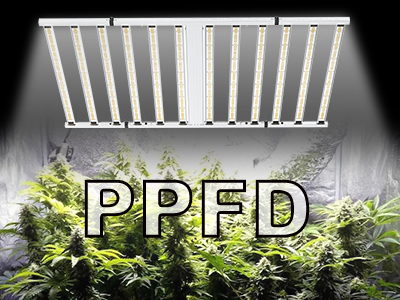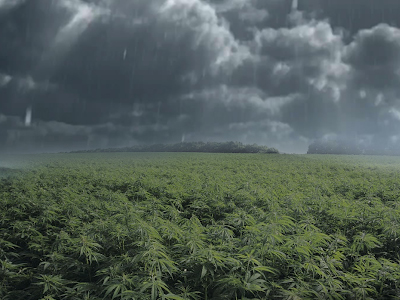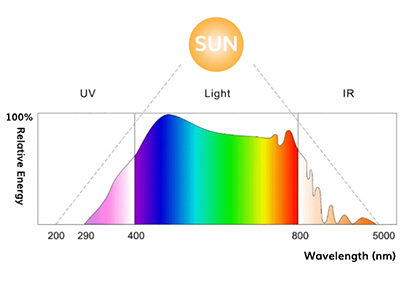Hydroponic grow lights are emerging as one of the top choices for growing indoor crops where direct access to the sunlight is not possible in one way or another. Since the technology is improving every single day, and several versions of LED Grow lights are available for farming indoor crops in greenhouses and hydroponics environment, the choice is certainly widened due to tailor-made manufacturing of Hydroponic Grow LED Lights and hydroponic grow light bar. Hydroponic grow light bar is an option for tight spaces due to their efficacy and footprint where ordinary grow lights don’t fit easily into the fixtures. Grow light bar solves this issue due to its sleekness and cylindrical structure. It means that grow light bar is an unmatched solution for fitting well into extensive production hydroponic sites where more coverage and light dispersion becomes an ultimate need for growing plants indoors.
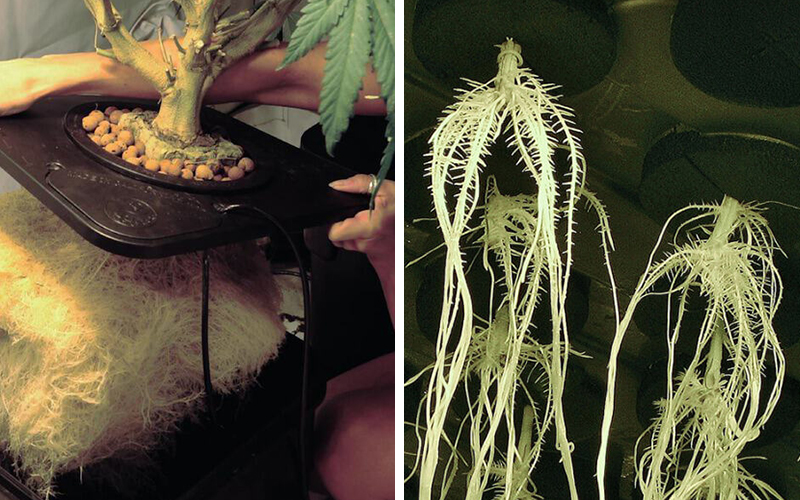
Heat dissipation is the vital feature of the Grow lights in hydroponics culture. Low heat dissipation affects the life of your LED lights adversely. The hotter a light is, the more rapidly it needs replacement whereas, the growers couldn't invest with the same objective every year. The decision on choosing a quality light becomes more crucial when growers see several lights with similar features in varying pricing in the market place. Since the major difference between hydroponic grow lights and grow bars is their heat sinks which, are handled differently in both types of fixtures. LED grow lights utilize multiple cooling fans for heat dissipation whereas, hydroponic grow bars use extended aluminum that intensifies the heat absorption area of light bars to pull heat from the environment and plant’s foliage. No doubt, there is always a boundary of how greatly footprint could achieve using such type of extensions as hydroponic grow bars consume half the electricity compared to grow lights. For these reasons, hydroponic grow light bars are the priority choice of growers typically practicing vertical farming in their indoor environments.
Recently, LED grow light manufacturers are focusing more on producing white lights that look similar to that of sunlight with the installation of white chips. These chips contain a coating on the outer surface of LEDs that produce light which, dominates blue shade. Otherwise, the coating thickness determines the extent of the temperature that it emits. This feature enables the white light to look similar to sunlight in appearance and exhibit a spectrum that somehow matches the sunlight and freely allows users to adjust the light according to the needs of their plants growing in hydroponics and typically in vertical farming techniques. It is clear that the sunlight spectrum evenly distributes and there is no absolute comparison with artificial light. Even though the manufacturers are trying best to produce lights within the Photosynthetic Active Radiations(PAR) values that plants need to absorb for carrying out the process of Photosynthesis. Chlorophyll effectively and seamlessly absorbs light of red and blue wavelengths.
Some plant pigments do capture lights of other wavelengths and help in photosynthesis. Moreover, green and yellow spectrums infiltrate more deeply in the plant’s foliage where green lights have an effective role than the red, for the assimilation of food.
Here are some best Hydroponic Grow light bars that have unmatched quality, while they could be tailor-made according to the requirements of commercial hydroponic growers;
GLMX720 720W Commercial LED Grow Light
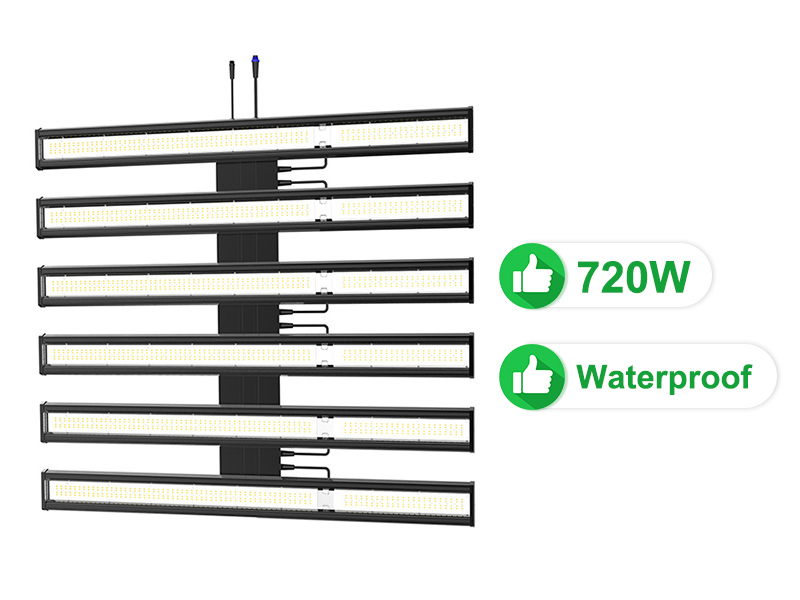
GLMX720 is a fixture of 6 LED bars, 120 Watts each which together make it fit for all commercial hydroponics facilities especially, Cannabis. It delivers a PPDF of 2160 μmol/s with a footprint of 5 feet x 5 feet. Overall, Photosynthesis directly depends on the number and density of photons, not their energy. The more the number of Photon or high PPDF, the speedier is the process of Photosynthesis. Each Light Bar contains a Samsung LED that delivers extra blue 450 nm, deep red 660 nm, and infrared 730 nm. Its balanced spectrum meets all requirements of plants from germination to flowering and buds' formation in Cannabis and high commercial value crops. Installed dimmer allows users to adjust the light according to different stages and requirements of plants. It distributes light to an angle of 120° for vertical farming arrangements.
GLTW050 50W Waterproof LED Grow Light Bar
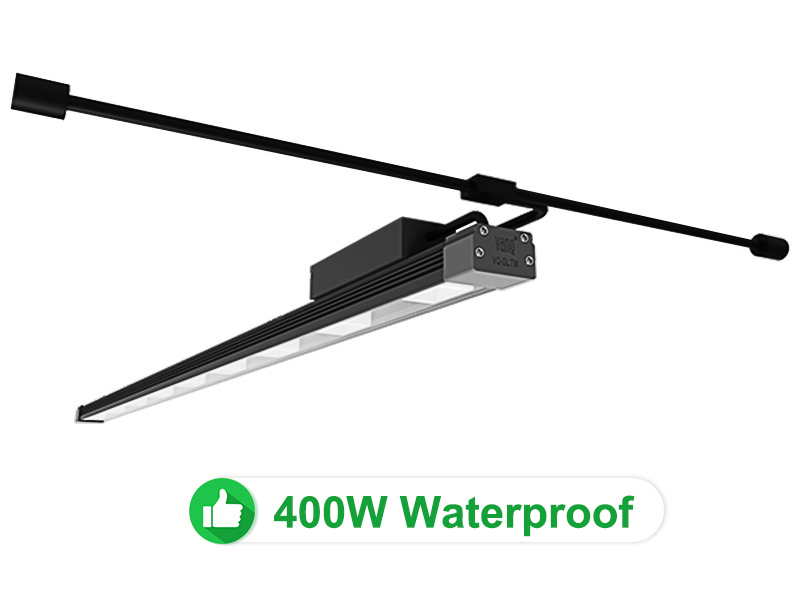
Another ideal grows light Bar for the hobbyist and professional growers in the vertical farming category. Its exclusive photosensitive design allows it to deliver a rectangular footprint of 8 feet with an absorption up to 95% from the distance of 12 inches from the plant's foliage, where light could easily disperse to 80- degree angle. This fixture stands ideal for growing leafy greens such as Basil, Cannabis, and Lettuce in vertical growing arrangements. Moreover, custom manufacturing is also available for commercial growers in vertical farming. Overall, its sleekness allows you to fit it in limited spaces for extensive crop farming.





















